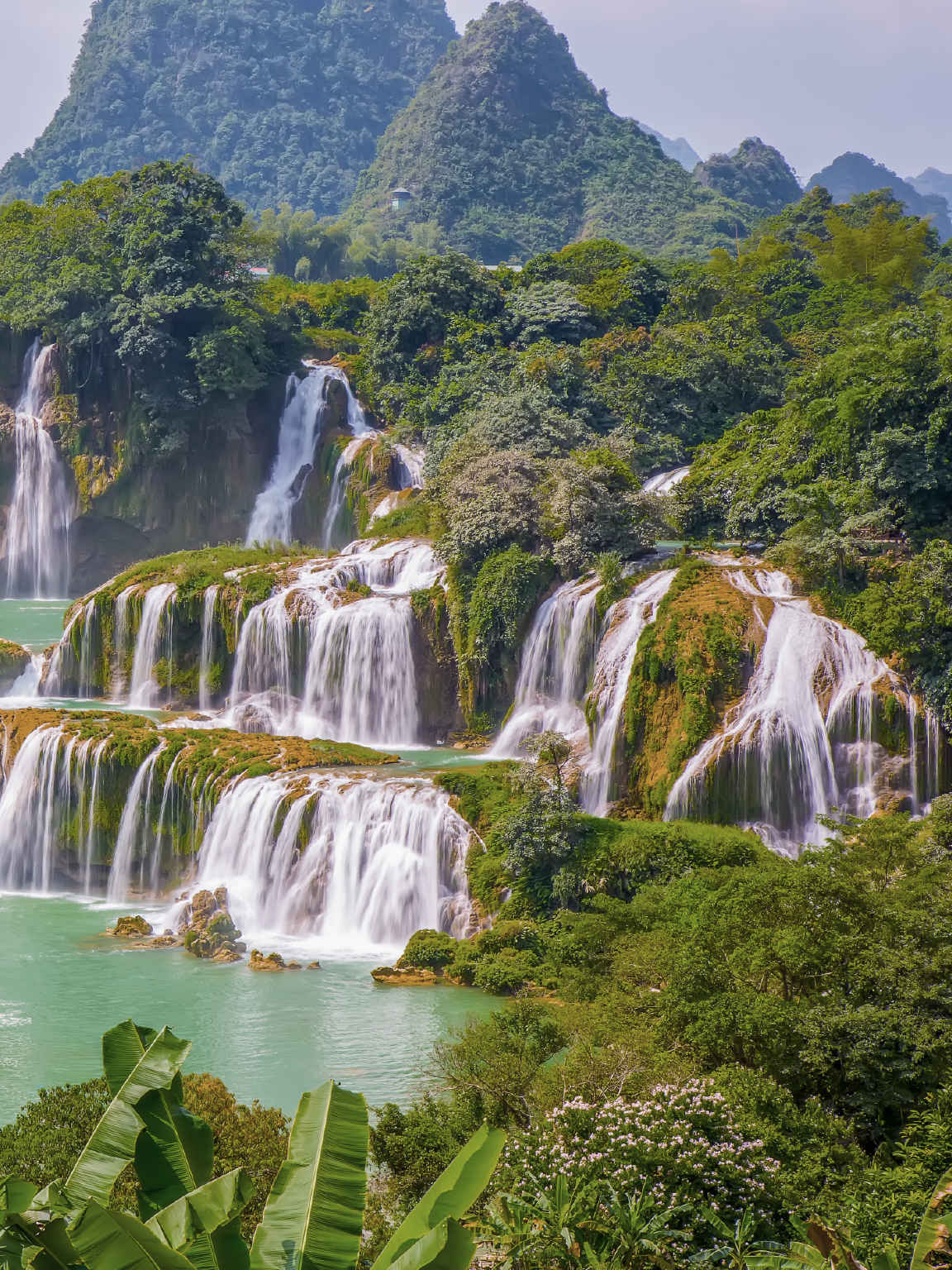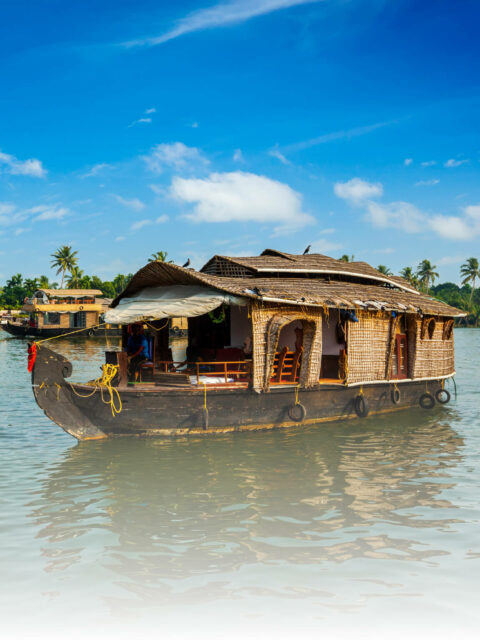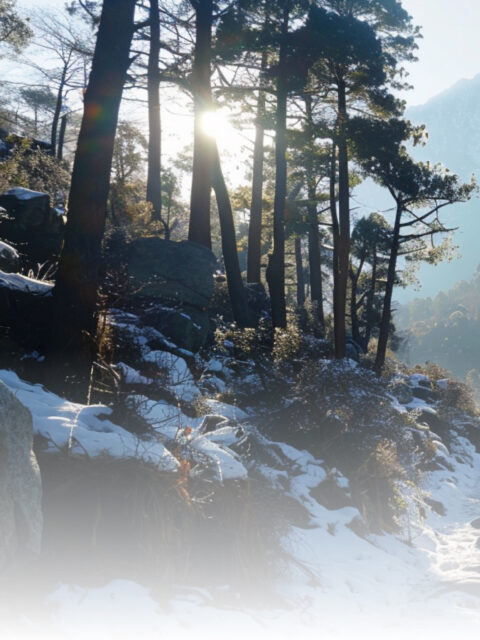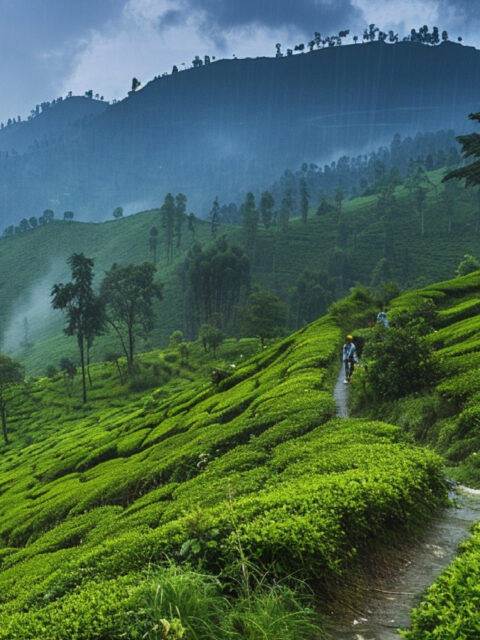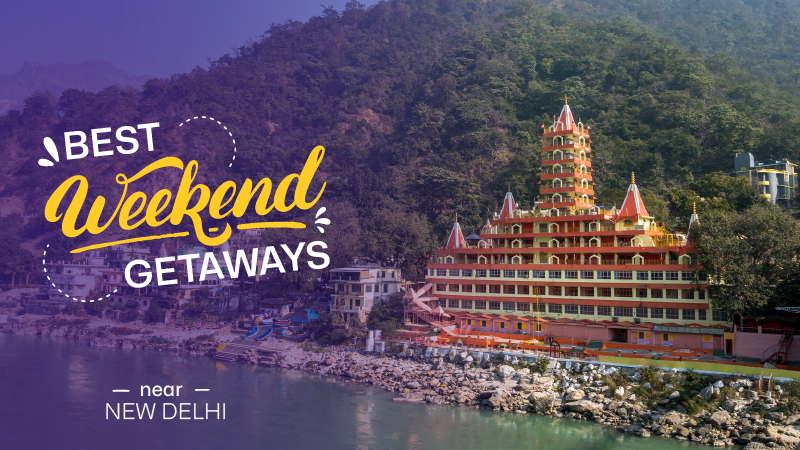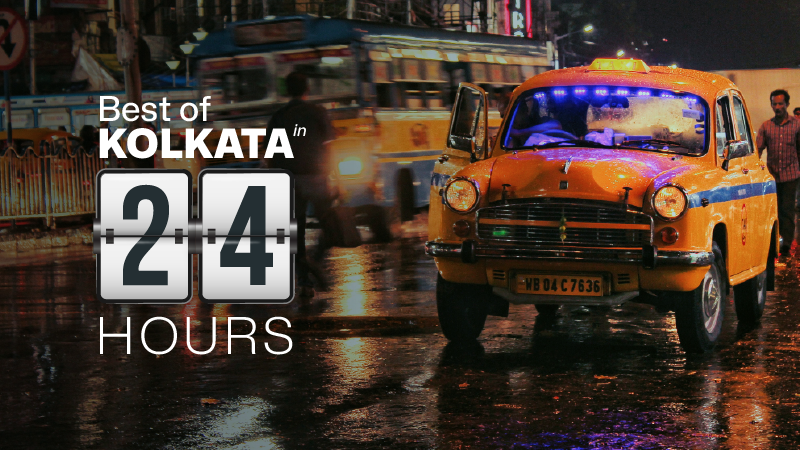North-East India, known for its stunning landscapes and rich cultural heritage, is a beloved destination for travelers. Planning a trip to this enchanting region requires understanding its unique seasons and weather patterns to maximize your experience. Situated in the far eastern corner of India, North-East India includes the seven sister states—Arunachal Pradesh, Assam, Manipur, Meghalaya, Mizoram, Nagaland, and Tripura—along with the Himalayan region of Sikkim. From breathtaking scenery to vibrant festivals, North-East India offers a variety of attractions that cater to every traveler’s taste. Here’s a comprehensive seasonal guide to help you plan your North-East India adventure:
Understanding the Seasons
When planning a trip to North-East India, it’s crucial to consider the region’s distinct seasons, each offering a unique experience:
Spring (March to May):
Spring in North-East India is a season of renewal and rejuvenation. With temperatures ranging from 15°C to 25°C, the weather is mild and pleasant. This time of year is marked by blooming rhododendrons and other colorful flowers, making it perfect for nature walks and trekking. Clear skies and moderate temperatures make outdoor activities enjoyable, while the lush greenery enhances the region’s natural beauty.
Summer (June to August):
Summer in North-East India is characterized by lush greenery and abundant rainfall. Temperatures range from 20°C to 30°C, with heavy rainfall, especially in June and July. Despite the rain, summer is an excellent time to visit as the landscapes are at their most vibrant. Waterfalls are in full flow, and rivers are brimming, creating picturesque scenes. It’s also a great season for bird-watching and photography.
Monsoon (September to November):
The monsoon season in North-East India is truly enchanting. The hills burst into vibrant greenery, and the air becomes infused with the fresh, earthy scent of rain-soaked soil. During this season, the area experiences significant rainfall, which can increase the risk of landslides and road closures. However, for those who don’t mind the rain, the monsoon is a beautiful time to visit as the landscapes are lush and stunning.
Autumn (December to February):
Autumn in North-East India is marked by cool temperatures and clear skies. Higher altitudes may experience snowfall during this time. With temperatures ranging from 5°C to 15°C, it’s a great season for sightseeing and outdoor activities. The winter months also offer a chance to explore the region’s rich cultural heritage and attend local festivals.
Best Time to Visit North-East India
North-East India is famous for its diverse tribes and vibrant cultures, making it an ideal destination for a relaxing vacation. The best time to visit and explore its beautiful landscapes, lakes, and sights depends on your preferences. Generally, the period between November and May is recommended, offering a choice between witnessing the hills in full bloom or enjoying snow-filled adventures on the slopes.
Off-Season Travel Tips
Avoid visiting North-East India during the monsoon season (June to September) due to heavy rainfall, which can lead to landslides and roadblocks. However, if you enjoy the rain and lush greenery, this period can offer a unique and tranquil getaway. Always check weather forecasts and road conditions before traveling during the monsoon.
North-East India is a region of breathtaking natural beauty and charm, with each season offering something unique. Whether you wish to see blooming flowers in spring or experience the magic of the monsoon, this region has something for everyone.
For a hassle-free and comfortable stay, consider booking through Brevistay. With options for hourly stays, 24×7 customer support, flexible check-in and checkout timings, and accommodations to suit all budgets, Brevistay ensures a seamless experience during your Northeast India adventure. Pack your bags and get ready to explore the stunning landscapes and rich culture of North-East India.


